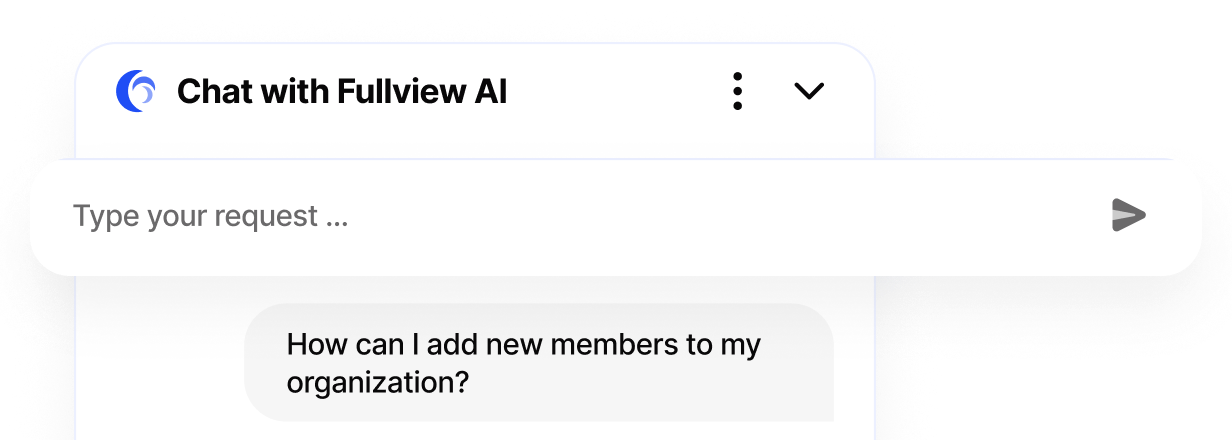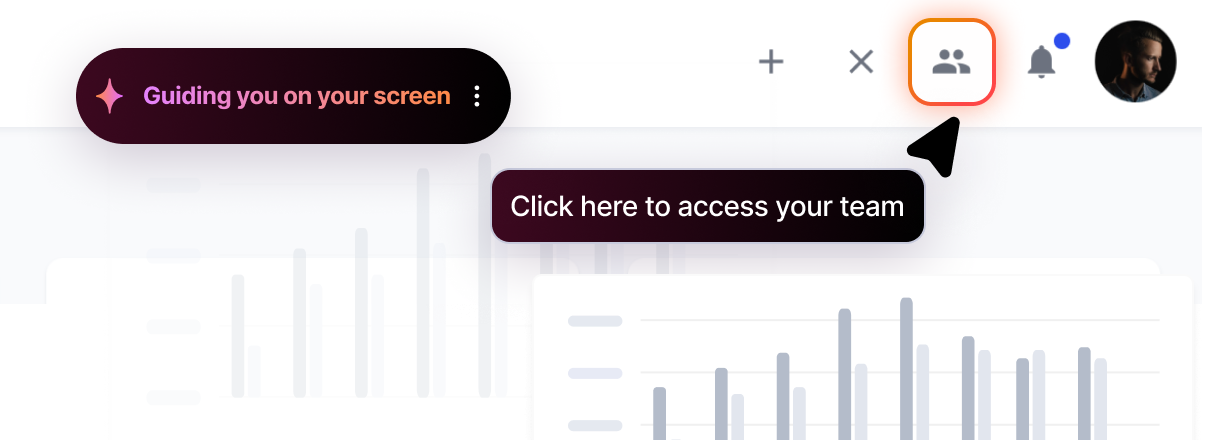According to Live Agent, the average company receives 578 support tickets per day. Resolving those tickets in a timely manner is often the number one priority for any support team.
However, things can quickly get overwhelming because of the sheer number of tickets customer support reps are tasked with resolving every shift.
To address this issue, several methods can be implemented to reduce the number of incoming support tickets, such as:
- Designing and deploying chatbots
- Making use of canned responses
- Merging tickets coming from the same user
- Ticket deflection
In this blog post, we’ll go into more detail about ticket deflection, how to implement it, and how it can help you reduce incoming support tickets without sacrificing your CX.
What is ticket deflection?
Ticket deflection is a method of reducing the volume of incoming support tickets a support team receives by rerouting those customer inquiries to a knowledge center or self-service portal instead.
But wait, what’s a knowledge base or self-service portal, you may be asking?
A knowledge base is a content repository (think of it as a collection of articles or FAQs) that your customers can consult to find answers to common questions.
A self-service portal, on the other hand, is a knowledge base + a way for users to handle simple administrative tasks — such as payments, and changes to account information and user profiles — without the need for a live support agent.
How to implement ticket deflection
To implement ticket deflection, you’ll need to do the following:
- Set up a knowledge base
- Direct users to your knowledge base
Set up a knowledge base
Before you can implement ticket deflection, you’ll first need to set up a comprehensive knowledge base or self-service portal consisting of:
- Help articles
- FAQs
- Video tutorials
- Self-guided product demos
- Product courses
- Online discussion forums
- Administrative functionality, such as a way to edit user profiles, pay bills, change payment information, etc.
This is not an exhaustive list and you may not need to do all of it. Think about what makes sense for your customers and what would be most helpful for them before building your knowledge base or self-service portal.
Direct users to your knowledge base
Once you have set up your knowledge base or self-service portal, you’ll need to direct your users to it when they write to you with a question.
There are several ways to do this:
- Chatbots: Several platforms, like Intercom, have chatbots you can train to recommend relevant help articles when users write in with a question.
- Email signatures: To proactively anticipate problems, you can include links to help articles in your email signatures. For example, including a link to your knowledge center, FAQs or product tutorials in your onboarding sequences may be a good idea and can help users get off to the best start.
- Automated messages: You can set up auto-reply messages that include links to your help articles/FAQs. You can set these messages to trigger on specific pages or during specific times, like when your support agents are offline or when a user tries a new feature for the first time.
The pros and cons of ticket deflection
You’ll experience several upsides when you implement ticket deflection, including:
- Lower response times
- More engaged customers
- Lower agent burnout
However, there may be some downsides if it is implemented poorly, including:
- Potentially lower CSAT scores
- More churn
- Higher average time-to-resolution scores
We’ll go into each one in more detail below.
Lower response times
By deflecting some tickets, your remaining agents will be free to answer more complicated support requests, which can lead to lower response times and, in some cases, faster ticket resolution.
More engaged customers
By encouraging customers to solve their own issues, you may increase their engagement with and deepen their knowledge of your product. You may also make it less likely that they will experience issues as a result of user error in the future.
Lower agent burnout
Reducing the volume of incoming support tickets by implementing ticket deflection can really help reduce agent burnout and keep them from becoming overwhelmed.
Potentially lower CSAT scores
While there are several upsides to ticket deflection, this isn’t one of them. Expecting your customers to solve their own problems can lead to frustration in certain cases — especially if your chatbots aren’t trained well enough and recommend irrelevant help articles or your knowledge center is lacking helpful and comprehensive content. Making it extremely difficult for customers to get in touch directly with a support agent can also lead to poorer CSAT outcomes.
Increased churn
If your CSAT scores start to slip and customers become frustrated with the lack of one-on-one support, they may just churn and use a competitor instead — especially if that competitor offers more one-on-one support.
Higher average time-to-resolution
It’s important to keep in mind that if all level 0 and 1 support requests are deflected, only complex level 2 and 3 support requests will filter through your queue. These generally take longer to resolve, so you shouldn’t be surprised if you see your ART (average resolution time) score increase after implementing ticket deflection. This isn’t necessarily a bad thing — just something to keep in mind.
Wrapping things up
Building a comprehensive knowledge base and self-service center can benefit many a business — and not least because it allows you to deflect level 0 and 1 support tickets, lowering the volume of incoming support tickets in the process.
While ticket deflection can have a number of upsides, like lowering agent burnout and increasing customer engagement, if it isn’t implemented correctly, it can also cause CSAT scores to plummet and customers to churn.
Like all things in life, balance and a well-thought-out strategy are key.


.png)





.webp)
